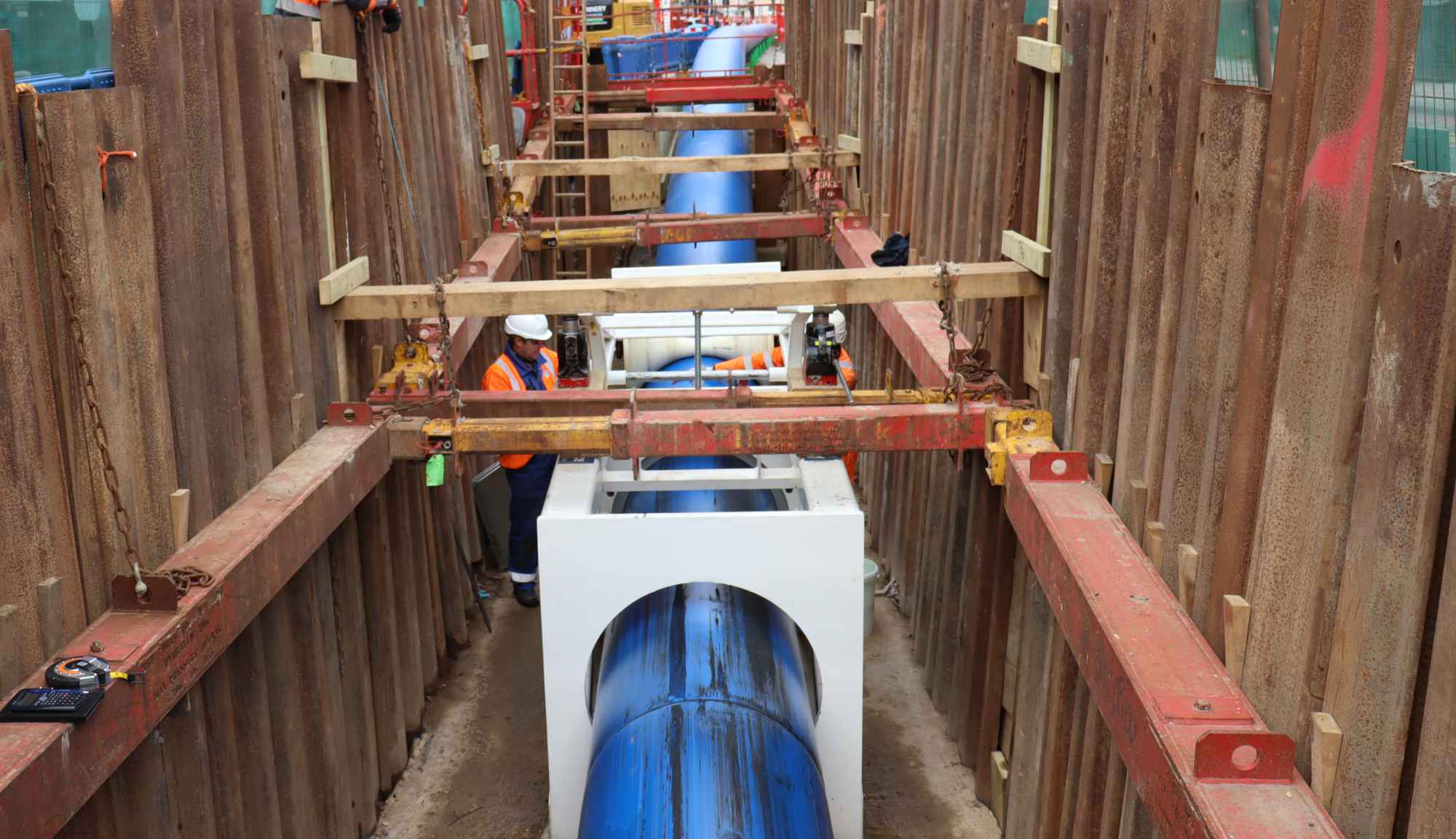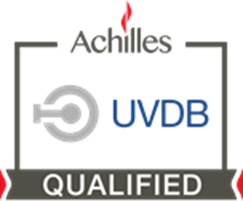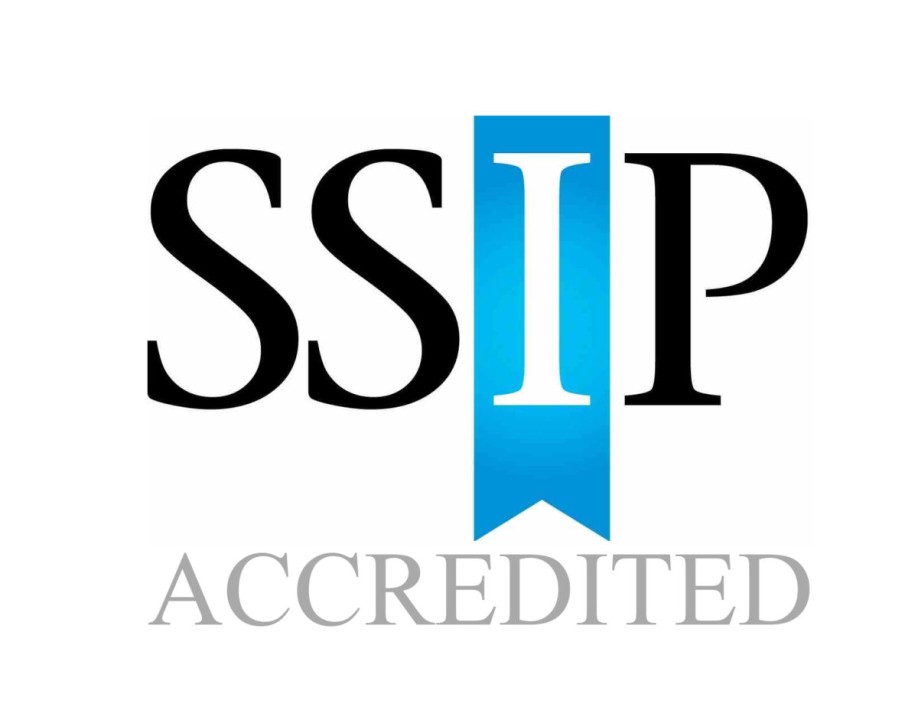Project Details
This was a tremendously exciting project with some extraordinary challenges. In an industry first, a 900mm SDR 21 PE 100 polyethylene potable water pipe was drawn through a 36” 150-year-old cast iron water main for 500m under busy streets in central London.
| Client: | MorrisonWS working as Agility Alliance |
| Project: | Seven Sisters Phase 1 |
| Location: | London |
| Completion date: | 2021 |
| Pipeline Length: | 500m |
| Liner material type: | PE 100 |
| Liner dimension: | 900mm OD, SDR 21 |
| Host pipe: | 36” 150-year-old cast iron main |
| Operating fluid: | potable water |
| Operating pressure: | 4.1 bar |
| PE 100 liner lifetime: | 100 years |
Please note due to commercial agreements, we are only providing basic information on this project
The location in a highly built-up area with heavy traffic presented unique challenges requiring the selection of a technology that minimised installation size and footprint while maximising flow post-installation.
The key objectives were to minimise disruption to a busy part of London while maintaining the minimum bore requirements of the host pipe as specified by the client.
This was a highly technical project that demonstrated the true flexibility of the Die Draw process and associated technologies.
Challenges
This project faced considerable challenges. In fact due to the age, condition and location of the host pipe, this project
faced a culmination of technical, physical and engineering challenges that we have never previously encountered.
- Traffic management on and around one of London’s busiest roads
- Finding locations for launch and reception pits
- Determining space for welding and road closures for long strings of pipe
- Transferring winch load into a pipeline with ~300mm between adjacent live mains
- Transferring winch forces at an angle of 90° between adjacent pipes
- Cleaning the host pipeline of tuberculation
- Determining the ID of the host and any obstructions using camera and Lidar surveys
- Removal of obstructions prior to lining
- Transferring load around a 40° bend inside the host pipe
- Restraint of host pipes in a culvert including installation of strain gauges
Successful Outcome
A technical first was to design a frame that enabled the linear winch to be set at 90° to the reception pit transferring
100te load on the rope into the pit between two live mains transferring the load in such a way such that they weren’t
at risk of being disturbed.
Of particular note, during the 500m pull the actual loadings for every metre matched the calculated values within
expected tolerances thereby proving all engineering methodology, assumptions and calculation techniques.
Additional key achievements:
- Business benefitted by replacement liner pipe with minimum 50-year life at lowest cost
- Liner pipeline is fully structural meeting minimum bore requirements
- Minimal traffic disruption and public inconvenience
- Die Draw liner reduction technique provided only workable solution
- Entry scope of 500m installed of a total 625m between 29th and 31st March 2021
- Safe transfer of winch forces between adjacent pipelines at 90° and through culvert at 40°
- Low environmental impact
Impact
The Die Draw process significantly reduced the project cost & time frame while minimising disruption and maintaining
the required flow requirements as specified by the client.
Die Draw technology results in significant impact reduction to the community and environment. The thin liner uses
less raw material and helps provide the lowest carbon footprint solution. The liner is designed to last in excess of 100
years.








